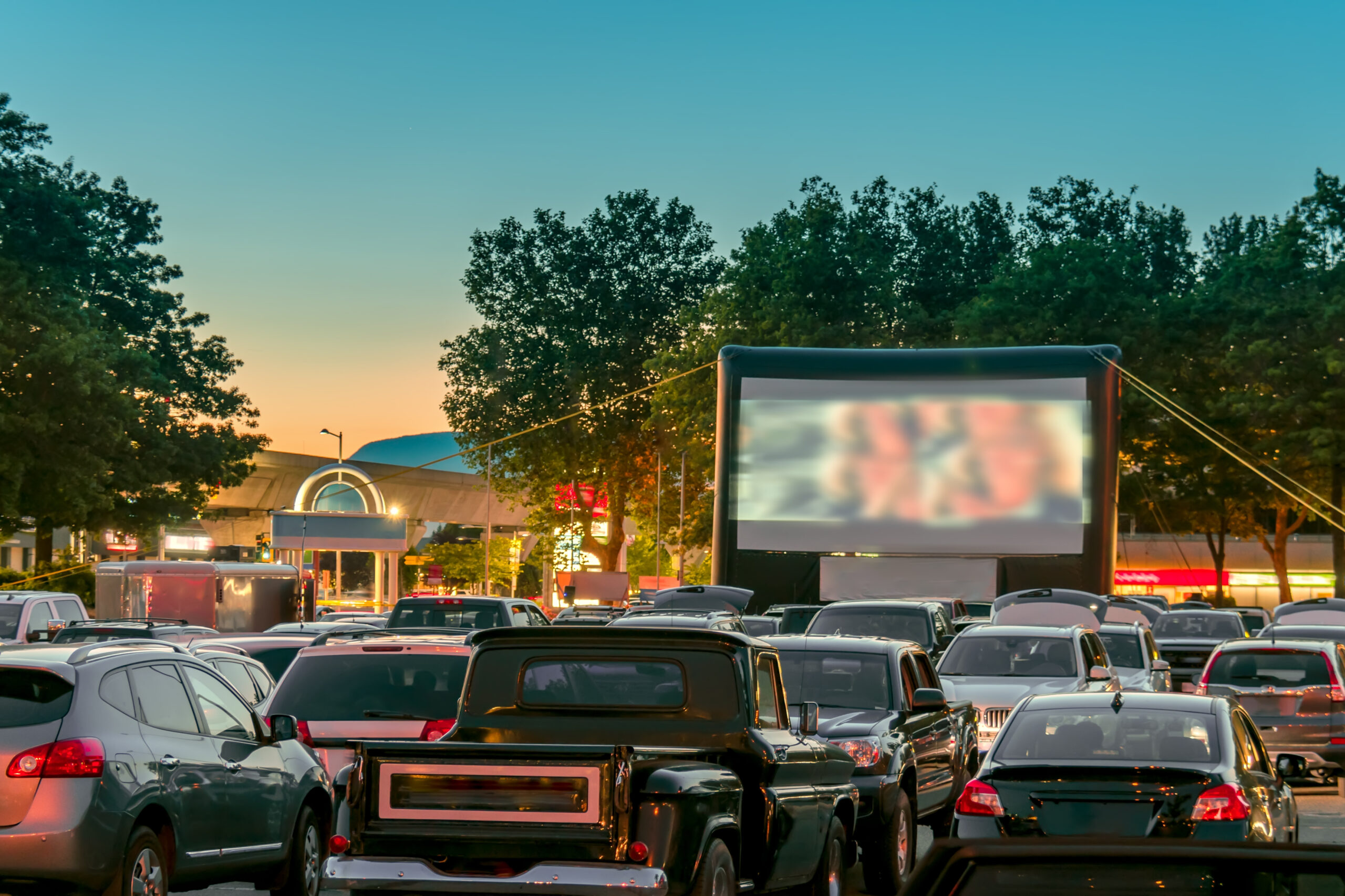
In the fast-paced world of technological innovation and social media trends, certain aspects of life that were once cherished have slowly faded into obscurity. As we embrace the digital era and its conveniences, it’s worth taking a moment to reflect on the simpler times and the ‘lost gems’ of society that have disappeared. From tangible items to intangible concepts, these ten elements played significant roles in our past but are now mere memories in our ever-evolving society.
1. Handwritten Letters

In an age dominated by instant messaging and emails, the art of writing handwritten letters has nearly vanished. These letters were once a staple of personal communication, offering a tangible and heartfelt way to connect with others.
The anticipation of receiving a letter, the uniqueness of each individual’s handwriting, and the personal touch of a handwritten note created an emotional bond that digital communication struggles to replicate. These letters were keepsakes, often held onto for years as tokens of affection and history. Their decline marks a shift towards more efficient, yet less personal, forms of communication.
2. Physical Photo Albums

The advent of digital photography and cloud storage has rendered physical photo albums a rarity. Once a treasured household item, these albums were a way to visually narrate life’s journey, filled with carefully selected photographs.
Flipping through these pages offered a tactile experience and a trip down memory lane, something that scrolling through a digital gallery often fails to replicate. The ritual of printing photos and organizing them into an album was a cherished practice, now replaced by the convenience of online platforms. The loss of this tradition signifies a move away from tangible memories to digital ones, easily stored but often forgotten.
3. Community Gatherings

Community gatherings, such as town hall meetings, neighborhood potlucks, and local festivals, have seen a decline in the age of social distancing and virtual events. These gatherings were vital in fostering a sense of community, belonging, and local engagement.
They provided opportunities for face-to-face interactions, strengthening bonds and encouraging civic participation. The decline of these events, accelerated by the pandemic, signifies a shift towards more isolated and individualistic lifestyles. This loss impacts the communal fabric and the shared experiences that once brought neighborhoods and communities together.
4. Video Rental Stores

The rise of streaming services has led to the demise of video rental stores, once a cornerstone of entertainment. These stores were not just about renting movies; they were a social hub, a place for movie enthusiasts to gather, discuss, and discover films.
The ritual of browsing through aisles, reading the backs of DVD cases, and the excitement of finding a sought-after title is a lost experience. These stores provided a sense of community and discovery that algorithm-driven streaming services cannot replicate. The disappearance of video rental stores marks the end of an era in movie-watching culture.
5. Local Bookstores

Local bookstores, with their cozy corners and personal recommendations, have been increasingly overshadowed by online giants and e-books. These stores were more than just places to buy books; they were cultural centers, hosting author readings, book clubs, and community events.
The personal touch of a local bookstore, with its curated selections and knowledgeable staff, offered a unique book-buying experience. The decline of these stores reflects a shift towards convenience over experience, impacting the way we discover and appreciate literature. The loss of local bookstores is a blow to both the literary community and the local economies they supported.
6. Public Libraries as Community Hubs

Public libraries were once bustling community hubs, offering not just books, but also a space for learning, socializing, and accessing information. They provided free access to knowledge and resources, crucial for those without personal computers or internet access.
Libraries hosted educational programs, community meetings, and provided a quiet refuge for reading and study. The reduction in funding and the shift towards digital media have diminished their role in many communities. This decline represents a loss of accessible public spaces dedicated to learning and community engagement.
7. Payphones

In a world where smartphones are ubiquitous, payphones have virtually disappeared. These phones were essential public utilities, providing a means of communication for those without personal phones.
Payphones were a lifeline in emergencies, especially in areas with limited cell service. The disappearance of payphones reflects the rapid advancement in personal communication technology but also highlights issues of accessibility and reliance on personal devices. The loss of this once-common public resource marks a significant change in how society communicates.
8. Analog Watches

The functionality of analog watches has been largely replaced by smartwatches and smartphones. However, analog watches were more than timekeeping devices; they were fashion statements, heirlooms, and symbols of craftsmanship.
The tactile experience of winding a watch and the artistry of its design are aspects that digital timepieces struggle to capture. The decline in the popularity of analog watches signifies a shift towards multifunctional gadgets over single-purpose, artisanal items. This change reflects our society’s increasing preference for technology-driven functionality over traditional aesthetics.
9. Drive-In Theaters

Drive-in theaters, once a staple of American culture, have become a rarity. These theaters provided a unique cinematic experience, combining entertainment with the comfort of one’s own vehicle.
They were social spaces where families and friends could gather and enjoy films under the stars. The rise of multiplex cinemas and home entertainment systems contributed to their decline. The loss of drive-in theaters marks a shift in entertainment preferences and the disappearance of a cherished cultural icon.
10. Cassette Tapes

Cassette tapes were once a popular medium for music, offering portability and the ability to create personalized mixtapes. The ritual of making a mixtape, from selecting songs to handwriting the labels, was a labor of love.
Cassettes have been replaced by digital music formats, which offer greater convenience and quality. However, the tactile and personal aspects of cassette tapes are lost in digital music. Their disappearance signifies the transformation of how we consume, share, and interact with music.
Reflecting On These Lost Gems

In reflecting on these lost gems of society, we gain insight into how advancements in technology and changes in social behavior shape our world. While we embrace the new, it’s also important to remember and appreciate the charm and value of what we have left behind. These items and practices may have disappeared from our daily lives, but they continue to hold a special place in our collective memory, reminding us of the ever-changing nature of society.
